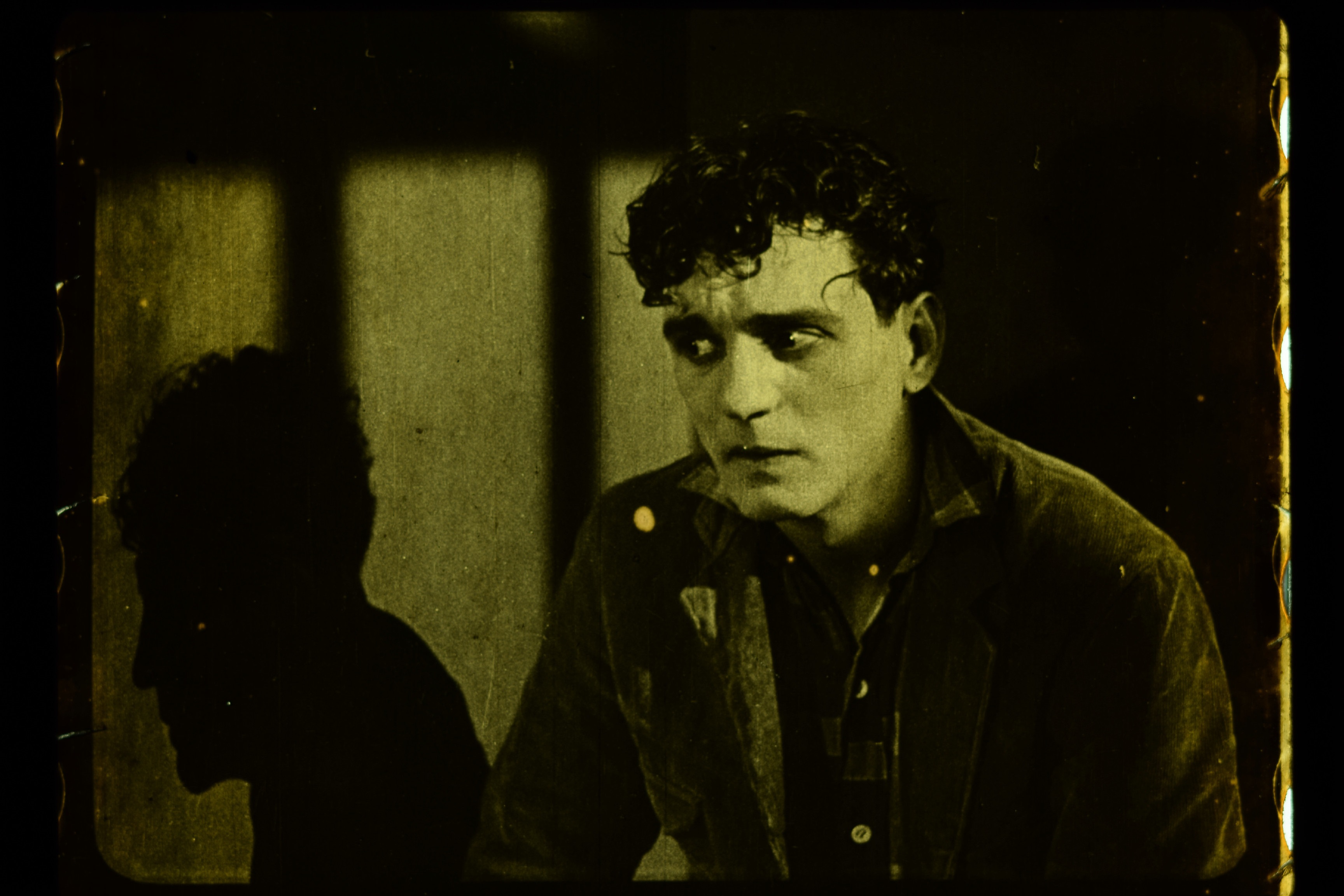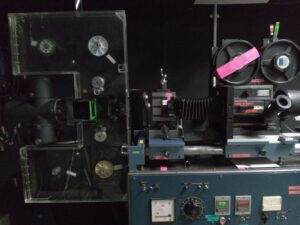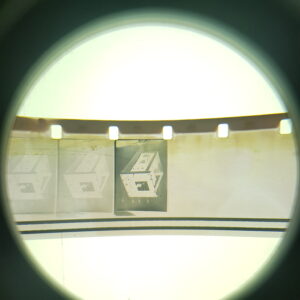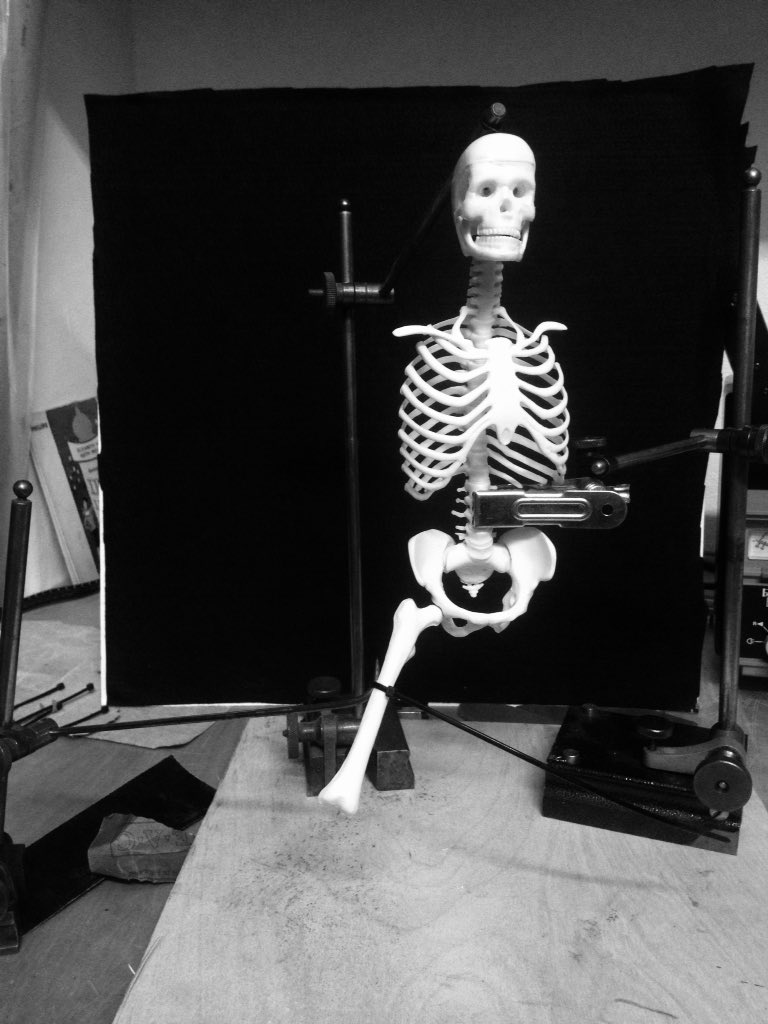Can anyone identify this film?
Just a few frame scans for some short lengths of nitrate film that were found at the Curzon Cinema in Clevedon.
I’ll be doing all the rest of this clip and more over the coming months. I can’t hope to get accurate colour reproduction and these grabs are the best jpgs that the camera can produce. I could still shoot RAW (NEF) and do some tweaking there but I’m really exploring how far I can get with a DIY approach and will be using digital copies of the Billy West material to produce a kind of edit-re-photo list that I will use to do a film –> film variation later, that is a film interpretation of found footage that stays in the film domain.
In the clip below (16fps) you can see a little jump as a damaged frame jumps to the left. This was easy to correct and I’ll post a ‘restored’ one later.
But, there is a simple problem here. When you watch this clip at 16fps are you seeing the image anything like it would have been seen with mechanical film projection? Is it enough to say 16 (or whatever) fps and think that its at the right speed? My answer is no. Its not. If you make this clip output to 1fps, for extreme example sake, what you see is each frame for 1 second, then the next one, instantly, then the next. There is no black or dark period when the film would have been transported in the projector gate. The second video clip below shows this at work. If you watch this clip you should notice that ALL you see is the images following each other. Speed this up to any frame rate you like, it will be the same. The flicker that is present in film projection is a mechanical necessity. Should we ‘mimic’ this in digital versions?
I will be posting some clips with black frames so you can see the difference.
There is some good research being done by the Pickfair Institute. You can read it here http://www.pickfairinstitute.org/projects/creative-frame-rate
I photographed each frame on an Oxberry (loads of other posts about this elsewhere in this blog) using a Nikon D5300 with bellows and an 80mm lens. The light source is a small LED array. I set the camera to ‘fine’, 6000×4000, RGB, 12bit, etc, basically, the highest quality possible without using NEF.
I use various software, namely ‘Vegas’ and thats because I have a good friend who tutors me who know it very well. But I just discovered ‘Processing’ has a built in movie maker script that lets you aim at a folder and compile a movie at a defined fps, good for testing frame rates.
(NB. I made these scans before getting to the titles so I didn’t know what was left or right. This image should be flipped horizontally)

The clip below frames have been downsized to more like 2k so its quick and easy to load up. Also, this clip (and the frames) have had no post alterations yet like levels, saturation. Its quite hard to get colour balance right mainly because nothing is calibrated, the camera has less than useful controls, etc.


